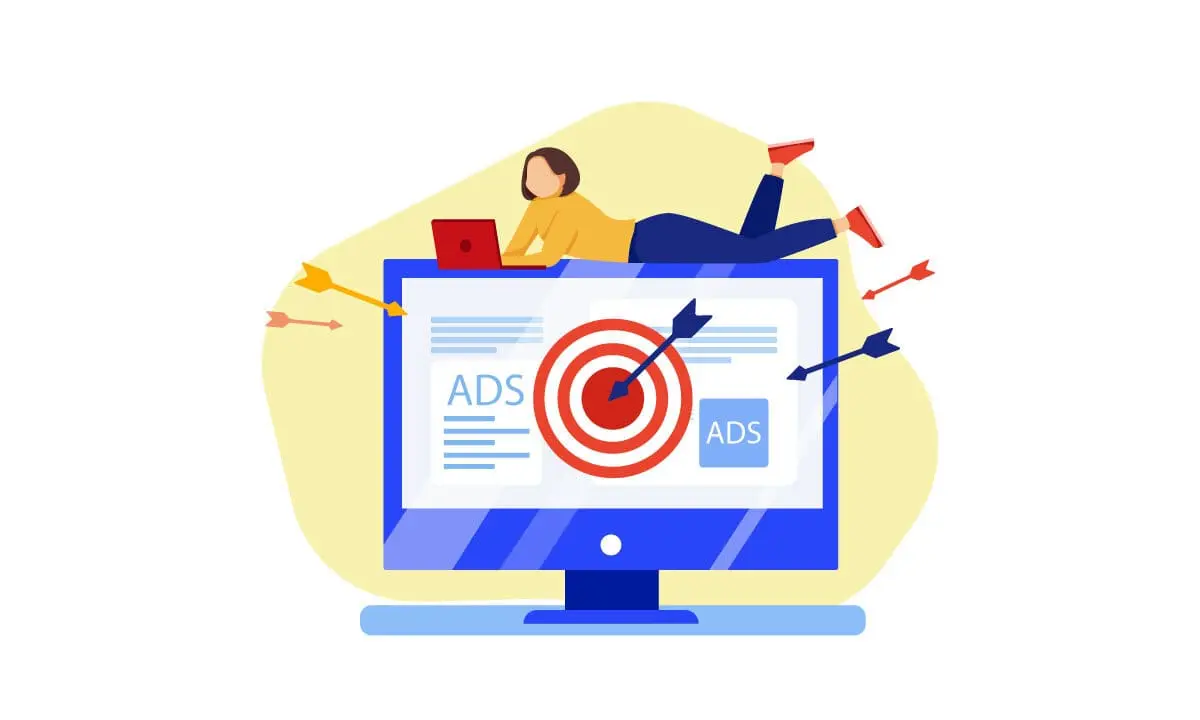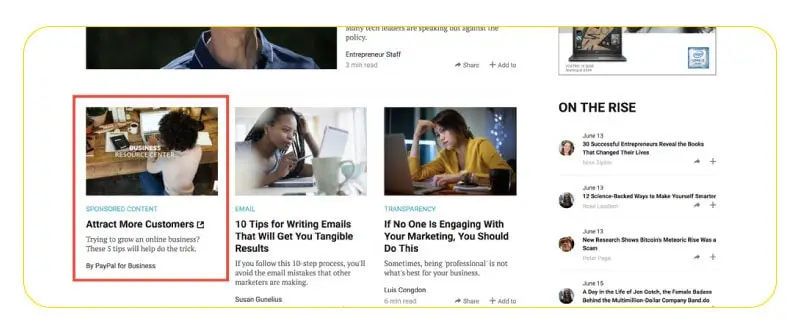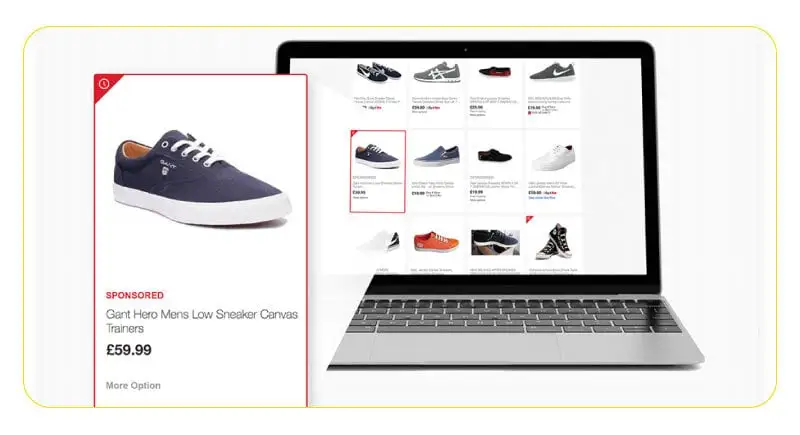Ad fatigue is a serious issue that marketers and advertisers are facing these days. It basically means that people are getting of seeing ads everywhere; From the real world to the online landscape, advertisements are all over the place. Brands are constantly fighting over advertising spots to attract more customers and get the money flowing. It has reached a point where people simply ignore ads and even actively try to prevent seeing them by using ad blockers.

This is a serious concern for the multi-billion-dollar advertising industry, especially in the digital section where the market is much bigger and it’s way easier to block ads. Thankfully, native advertising has come to the rescue. It’s a brilliant remedy to the ad fatigue problem and it’s a great way to promote a brand without making people sick of seeing ads. Companies have greatly embraced this novel advertising method, and we’re witnessing year-over-year increases in native advertising spend which is expected to reach a whopping $98 billion dollars in 2023. Let’s dive deeper into how native advertising works and how you could make the best out of it for your business with a highly effective trick.
What is native advertising?
It started out simple, with pieces known as advertorials appearing in popular publications that looked and felt like genuine journalistic articles, but were actually paid promotions. Right now, native advertising covers a much wider spectrum of ads, all of which share the same approach: Low-key promotion without disrupting the viewer’s experience on digital media. Native ads are successful in promoting a business by disguising organic content and having a small impact on the user experience as possible.

To achieve this, native ads fit perfectly in the environment of the platform they’re being served on and have almost the exact same look and feel as the surrounding organic content. However, it’s not to say that they look 100% like them. There’s always an indicator that gives away their promotional nature. But that’s what makes them so impressive: Even though native ads try to somehow “deceive” the viewer by appearing like normal posts, users still put much more trust in them than in other ad types. Multiple factors have played a role in the surprising success: Native ads are way easier to understand. They’re less annoying and salesy, and in order to make them appealing, advertisers have to prioritize providing value over blatant promotion. This has resulted in higher click-through rates, impressions, and trust for native ads compared to other types of ads.
Examples of native advertising
One of the best examples of native advertising is Google Search Ads. You’ve probably seen the search results that appear on top and bottom of result pages with tiny “Ad” or “Ads” tags next to them. Those are paid search ads and a great example of how native ads could fit in a digital environment without negatively influencing the user experience. Another terrific example of native advertising is TikTok Ads. The massively popular short-video-sharing app owns of the highest-yielding advertising platforms right now, thanks to the top-notch integration of native ads into the app’s environment.
Ads on TikTok have very little difference in appearance and even topics than normal TikTok videos, and even the company itself encourages advertisers and brands to create fun, entertaining, and valuable videos instead of plain ads. The result has been one of the highest engagement and Click-through rates among major advertising platforms. Running a native advertising campaign is usually trickier than traditional digital marketing campaigns. Since the whole point is to be non-invasive and non-disruptive, you need to test different combinations of ad copy, headlines, and creative assets to find out which one works best. In addition to having a smaller impact on people’s online experience, good native ads bring value. Successful native campaigns focus on what the reader/viewer wants to see.

Capturing the essence of native ads might be more difficult than you’d think. Every day, people are becoming more elusive toward ads, and native ads are no exception. Generating that sense of trust and not sounding pushy and aggressive with a native advertisement requires extensive knowledge of the people you are advertising to, and a sheer amount of creativity to write engaging, interesting copies and create eye-catchy assets. In other words, you’ll have to go through a lengthy and costly learning curve and experiment with different combinations and platforms to come up with optimal, high-converting native campaigns; A luxury that many businesses could not afford. Don’t worry though, because there is a way to skip this whole process and have a head start against your rivals in the native advertising landscape, and that is taking advantage of a native ad spy tool (Click here)
What are native ad spy tools?
A native ad spy tool is an application that lets you find, monitor, and analyze native advertisements across different networks. There are multiple tools out there with different methods to find ads and add them to their database, but they all give you access to massive, ever-updating databases full of native ads from different advertisers which you can search through.
Search functionality is one of the key features of native ad spy tools, and many of them are highly sophisticated and flexible to help you find relevant, successful ads in your niche with high accuracy and less hassle. AdFlex for example provides users with dozens of different search filters to help them fine-tune their query and find the right native ad quickly and easily. With a competent ad spy tool, you can skip the aforementioned learning curve and learn from the best native advertisers. You can keep up with the latest trends and native advertising techniques, discover the most profitable networks to run your native campaigns on, find out how to shape your ad and your target audience, and most importantly, keep tabs on your competitors.

Final thoughts
The marketing landscape is constantly changing, and with every new wave of change, businesses of all sizes and niches must find a way to get the most out of current trends, tools, and methods to reach their customers, generate awareness, and increase sales. Native ads is currently among the most promising digital advertising methods, and by taking advantage of a native ad spy tool, you’ll be able to learn from and get inspiration from the most successful advertisers and shape the optimal native campaigns for your brand.

